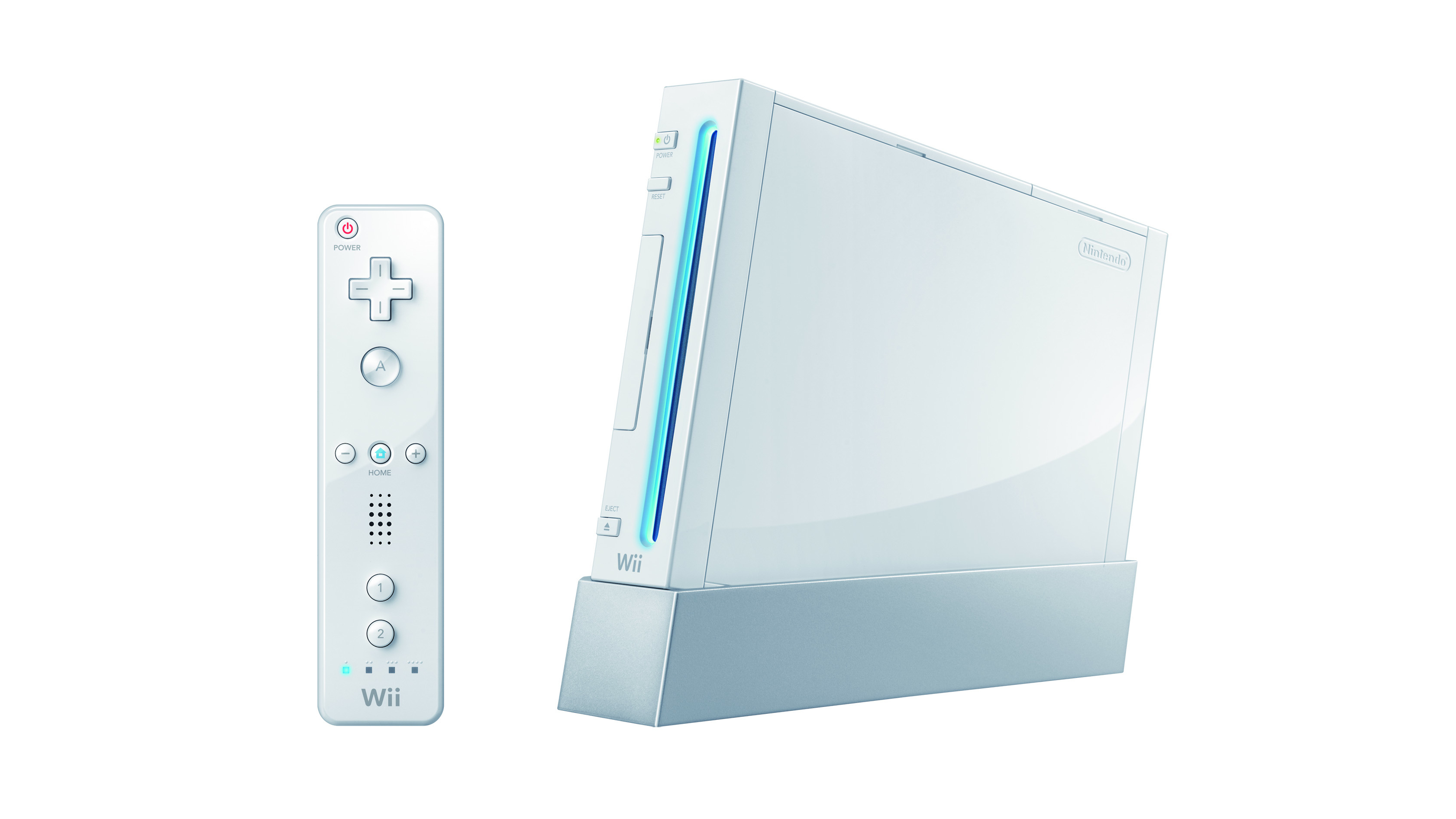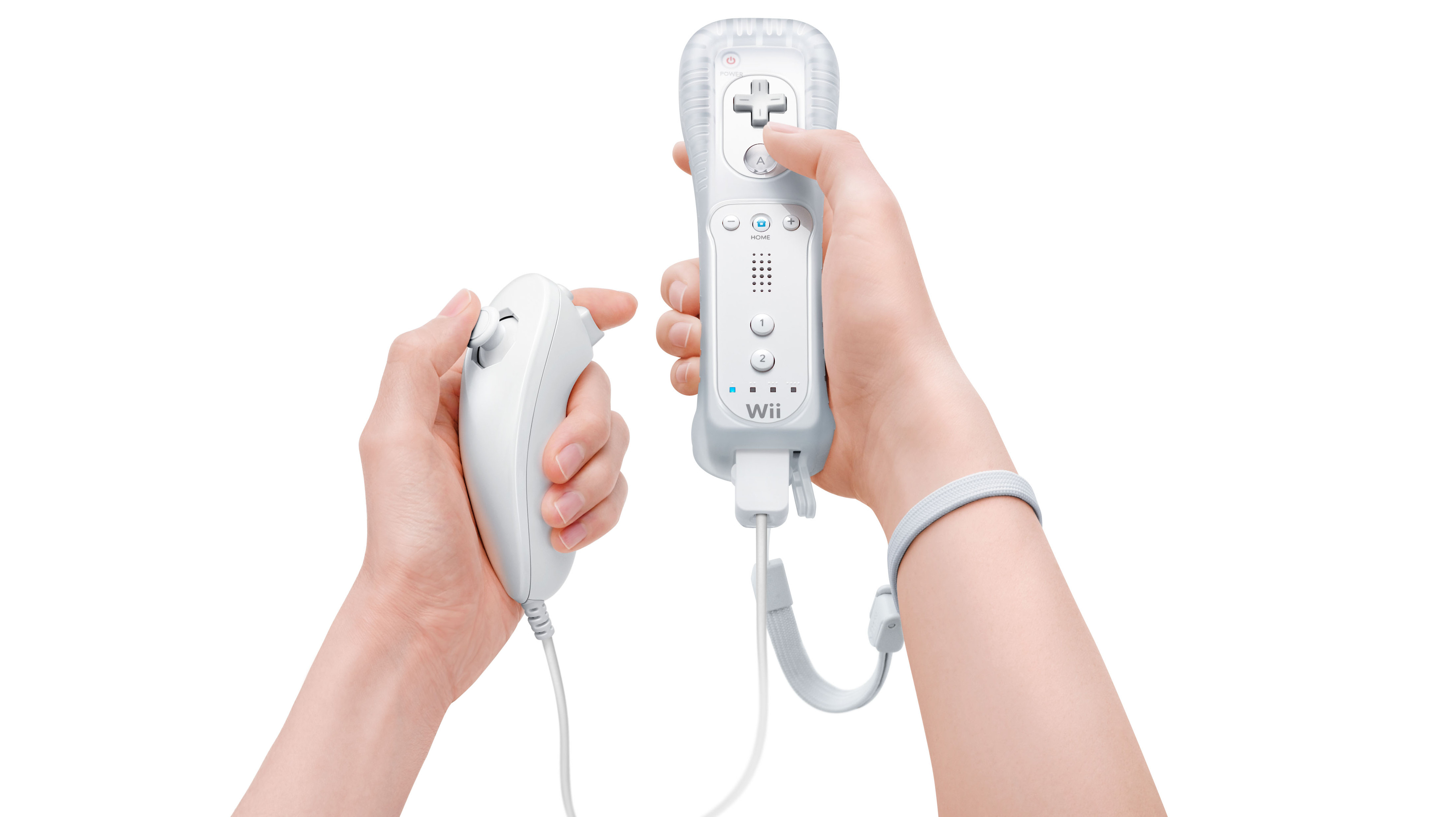How to sell your Wii: how to get the most from your old console
Parting ways with the motion-controlling master

After it was released in 2006 the Nintendo Wii console quickly turned into a worldwide phenomenon. The console saw stock shortages around the world, meaning that for around six months it was almost impossible to find one of the consoles without some serious detective work.
However, those days have long since passed in the ten years since the console’s original release, and Nintendo’s focus has since shifted to the Wii’s successors, the Wii U and Nintendo Switch.
Given the console’s success, there are an enormous amount of them left out in the wild. That’s a lot of consoles left gathering dust when they could be turned back into cash.
So rather than convincing yourself that you’re going to one day go back to complete Super Mario Galaxy, why not sell your Wii? Doing so will free up some space in your home and, if you play your cards right, you could end up with a decent bit of cash for your trouble.
General do's and don'ts
Before we get into examining the specific ways you can go about selling your Wii, it’s worth exploring a few general rules for how to get the most money.
Firstly it should go without saying that a working console will get you more than one that’s not working. However, there are also services that will take your console even if it’s not in a working state.
You might not get as much money, but it’s much better to do this than to simply throw your machine away, as this way it’ll be recycled properly and you’ll be able to feel much better about your impact on the environment.
Sign up for breaking news, reviews, opinion, top tech deals, and more.
So before you package your Wii up ready to be sold, make sure you plug it in one last time to ensure it’s working. Try putting in a game disc to see if it’s able to load up a game, and press every button on the controller to make sure that they’re all working.

Secondly, it’s worth having a hunt around to see if you can find your Wii’s original packaging and accessories. This won’t be the case for every service listed below, but some of them will give you more money if you’ve still got everything the console came with.
Finally, if you decide to try and sell your console directly on eBay or Craigslist then there are a couple of simple rules to follow to make sure your listing appears as tempting as possible.
Make sure you include as many keywords as possible in the headline to maximise its chances of appearing in search, and use the best quality camera you have to take your photos to ensure that the console appears as clear and as sharp as possible.
Finally, when you’re writing your description, the more exact you can be the better. Writing more gives any potential buyer piece of mind that you know what you’re doing, and gives them all the information they need to make their purchase.
Know what you're selling
Before you get into the selling process, it’s important to work out which kind of Wii console you have on your hands.
Several different versions of the hardware were released throughout its lifetime and you need to be sure to clearly outline which one you’re selling to avoid any disappointed customers.
There were three main Wii consoles released. There was the original which was released in both white and black colors, a family edition that lacked the ability to be stood vertically and didn’t have any GameCube or memory card ports on the front of the machine, and finally the Wii Mini which was released in red and has a top-loading disc drive.
If you’ve still got the original box your console came in then it should be fairly simple to work out which console you have, otherwise you can check out the Wii’s Wikipedia page for a rundown of the different models available.

Option 1: Sell direct on eBay
When selling your Wii you’ll have to be prepared to make a trade-off between the amount of money you get and the amount of effort you put in.
Selling your Wii directly on eBay will almost certainly get you the most amount of money, but it will also require the most amount of effort.
But the plus side is that every extra bit of effort you put in, from taking better photos to writing a more detailed description, will help towards getting you the best price possible.

When it comes to deciding on whether to include accessories such as additional controllers or games with your console it really pays to do some research.
Find out what prices these accessories tend to sell for on their own. If they sell well then consider selling them separately, but if they only get a couple of cents or pennies then bundle them in with your console to make it a more tempting offer.
If selling on eBay you can either sell your Wii in an auction, or else set a ‘Buy it Now’ price that allows buyers to make a more traditional purchase at a set price.
To decide what price to sell your Wii for, check out what prices other sellers have achieved. Use eBay’s advanced search settings to search for sold listings, and take an average of the prices achieved by those sellers.
Option 2: Sell direct on Gumtree or Craigslist
eBay has a big audience, but you’ll also be competing with the large number of professional sellers that have started using the site to sell their wares.
Meanwhile, Craigslist and Gumtree continue to be much more amateur in nature, meaning you’re competing with other private sellers rather than businesses.
When deciding how much to charge for your Wii, we’d still recommend checking eBay first to get an idea of average pricing. With so many more sellers on the platform it’s easier to see what prices are possible and make sure you don’t undercharge.
However, when setting your price it’s worth bearing in mind that buyers on these services will frequently try to offer a much lower price than what you’ve advertised. As such it might be worth setting your price a little higher in the listing, with a ‘real’ price in mind when the offers start coming through.

Option 3: Use a trade in service
If you don’t want the hassle of having to write listings or take photographs, then you might want to use a trade in service to sell your Wii.
Doing so won’t get you quite as much money as selling it directly, but so long as you meet the requirements for what the company is offering then you’ll know exactly what you’re going to get ahead of time.
It’s worth mentioning that certain services (such as Amazon or CeX) will offer you more money if you’re willing to take store credit as payment. If you already spend a lot with these retailers then this can be a good way to get some extra money, but don’t lie to yourself if you don’t. Getting voucher for a shop you never frequent is the same as getting no money at all.
In the US the biggest trade-in locations for Wii consoles are GameStop, Amazon and Cash For Gamers. Since pricing at these services changes regularly, it’s best to get quotes from as many as possible before making a decision.
Meanwhile in the UK the biggest services are Amazon, CeX and Music Magpie. Again, get quotes from as many as possible before committing.

Option 4: If it's not working, remember to recycle
If you’ve had your Wii sitting gathering dust for a number of years, then there’s a chance the console no longer works.
If this is the case then don’t panic, it doesn’t mean it's entirely without value. There are a large number of companies out there who will happily take (or even pay you for) your broken electronics, since they’ll then be able to either fix them to sell at a profit, or else break them down into the raw materials and sell them on.
Much like the trade in services above it’s worth shopping around to find the best price.
In the US, BestBuy offers a recycling service, while in the UK Music Magpie accepts broken as well as working consoles. However you should shop around as in our experience there are a number of local businesses that offer similar services.
Follow these simple steps and you should make sure that no matter what state your old Wii is in, then you should be able to get the most amount of money possible for it, and do a favor for the environment in the process.

Jon Porter is the ex-Home Technology Writer for TechRadar. He has also previously written for Practical Photoshop, Trusted Reviews, Inside Higher Ed, Al Bawaba, Gizmodo UK, Genetic Literacy Project, Via Satellite, Real Homes and Plant Services Magazine, and you can now find him writing for The Verge.